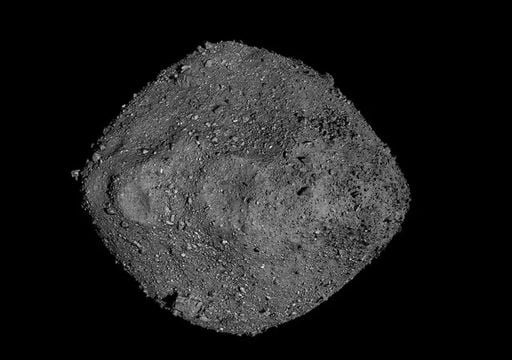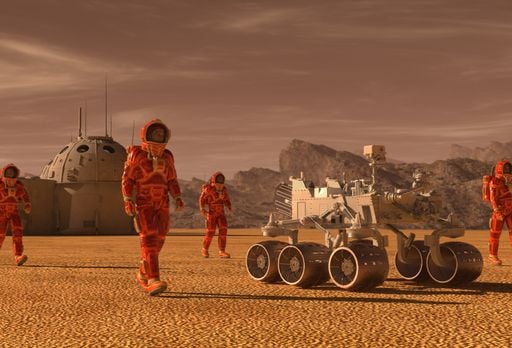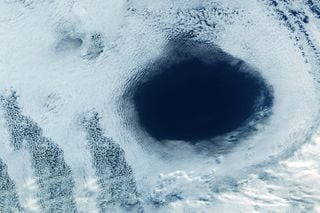The Solar Phenomenon That Could Increase the Number of Space Debris Falling on Earth
The latest solar maximum highlighted how the Sun's activity can alter Earth's atmosphere and the lifespan of satellites, which may not fully disintegrate upon re-entry to Earth.
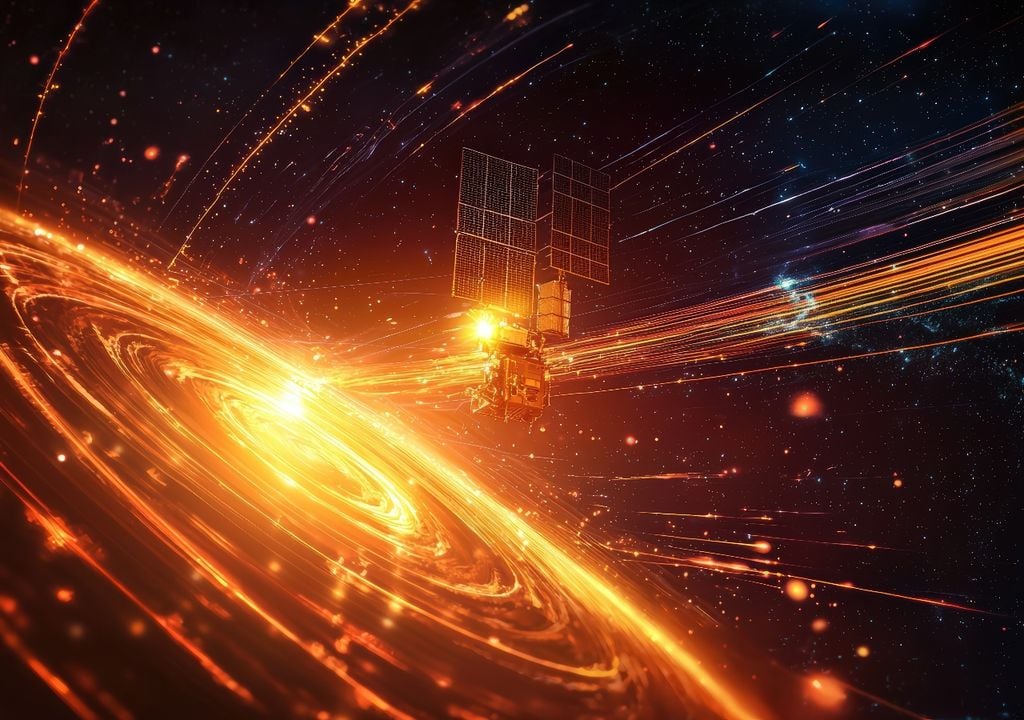
The number of Starlink satellites has multiplied in recent years. There are already over 7,000 in orbit, and SpaceX plans to launch up to 30,000 before 2030. But as this megaconstellation—designed to provide high-speed internet on a global scale—grows, so do the effects of the Sun on it.
During this phase of peak activity, the Sun emits large amounts of radiation and charged particles. When these energy flows interact with Earth’s magnetic field, they can trigger geomagnetic storms that alter the upper atmosphere. One of the most significant effects is the heating and expansion of the thermosphere, the layer where low-orbit satellites operate.
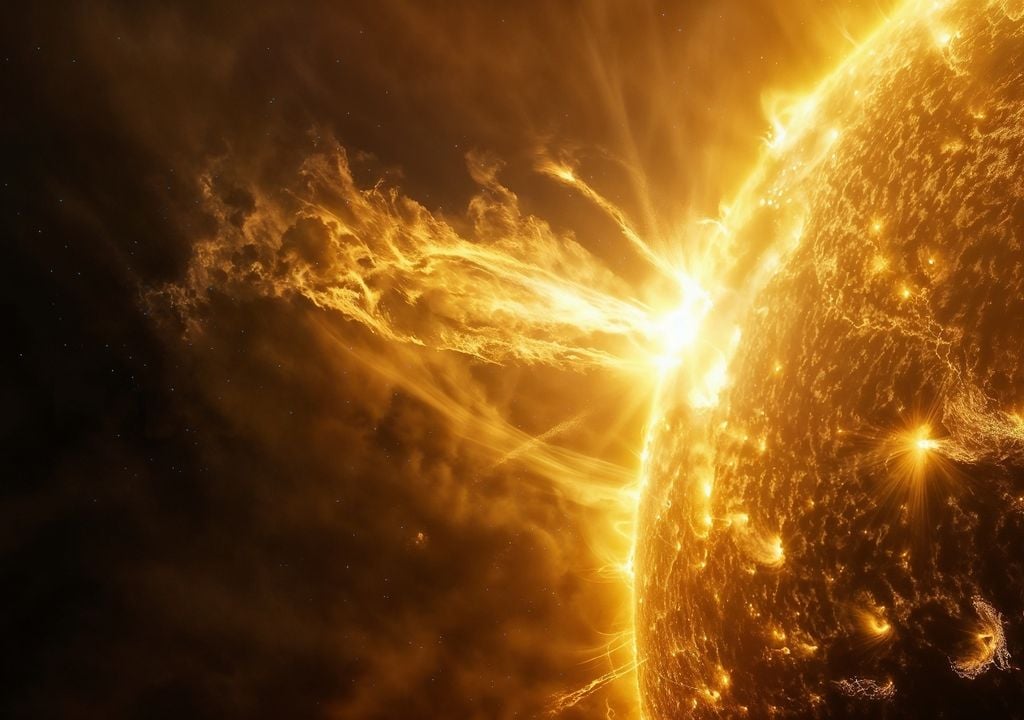
At first glance, this phenomenon may not seem concerning. But for satellites orbiting about 300 to 400 kilometers above Earth—like those of Starlink—it can have real consequences.
“The air becomes denser at those altitudes, which creates more drag,” explained Denny Oliveira, a researcher at NASA’s Goddard Space Flight Center, in statements to *New Scientist*. This additional resistance causes satellites to lose altitude more quickly than expected.
Oliveira’s team observed that, in some recent cases, satellites that should have taken 15 days to re-enter did so in just five. Between 2020 and 2024, more than 500 Starlink satellites re-entered Earth’s atmosphere. During particularly active events, the fall of 37 satellites was reported over just a few days. “In a few years, we could see daily re-entries,” the researcher warned.
The Physics Behind Satellite Balance
The process that leads to re-entry is relatively simple from a physics standpoint. Low-Earth orbit satellites are not suspended; instead, they stay in motion horizontally at high speed (around 7.8 kilometers per second).
This velocity allows them to ‘fall’ in sync with Earth’s curvature, without touching the ground. When atmospheric drag increases, the satellites lose energy, descend, and eventually re-enter the atmosphere, where they disintegrate due to the heat generated.
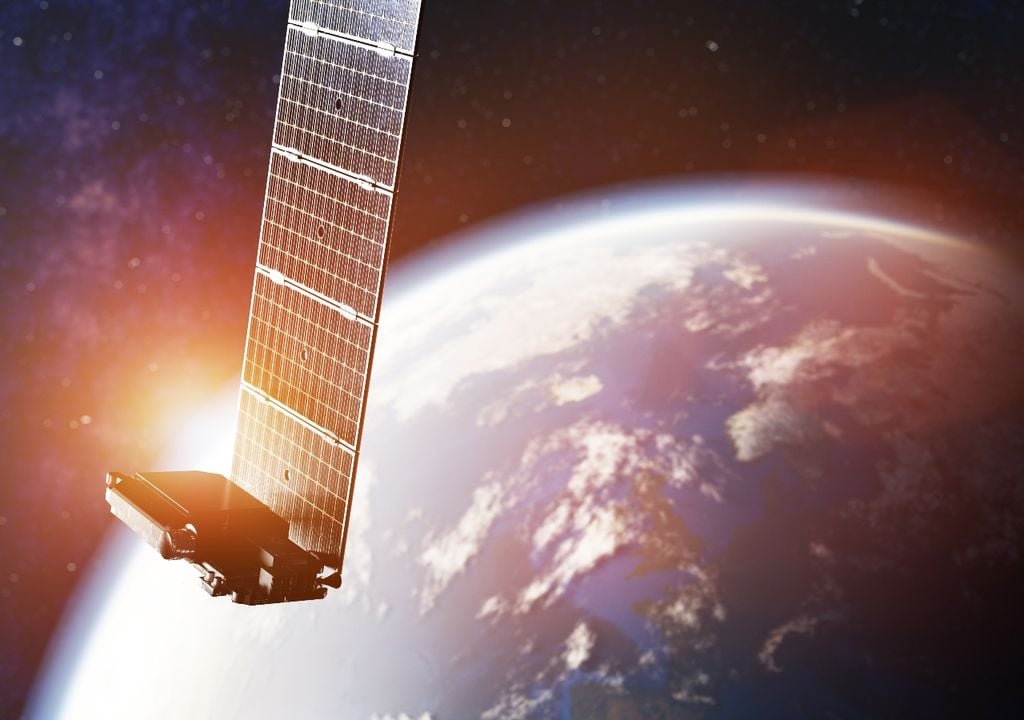
Under normal conditions, without intense solar disturbances, a Starlink satellite can remain in orbit for five to seven years. But episodes of intense solar activity—like those during the recent solar maximum—can shorten that time by days or even weeks.
For Samantha Lawler, an astronomer at the University of Regina (Canada), this is the first solar maximum in history that can be analyzed with thousands of active satellites in orbit at the same time. “It’s crucial to study this now that we have so many spacecraft operating simultaneously,” she told *New Scientist*.
It was precisely in her province where the only recovered fragment from a Starlink satellite was confirmed to have fallen: a 2.5-kilogram piece that landed on a farm in Saskatchewan in August 2024.

Although most satellites are designed to disintegrate completely upon re-entry, experts warn that, if they descend too quickly, they may not burn up entirely. “There could be other fragments we simply haven’t found,” suggested Lawler.
From another perspective, this process could also have a positive effect: helping reduce space debris. Sean Elvidge, a researcher at the University of Birmingham, noted that this Sun-driven ‘natural sweep’ could help remove dead satellites that would otherwise remain in orbit for years as potential threats. “In a way, the Sun is helping clean up the sky,” he said.
However, it also complicates the operation of active satellites working at very low altitudes, where connections with Earth are faster and more efficient. “This shows that keeping satellites below 400 kilometers during solar maxima could become unsustainable,” Elvidge warned.
The solar cycle continues on, and the next maximum could be even more intense. In the meantime, the space industry will need to adapt to the rhythms of our closest star.
